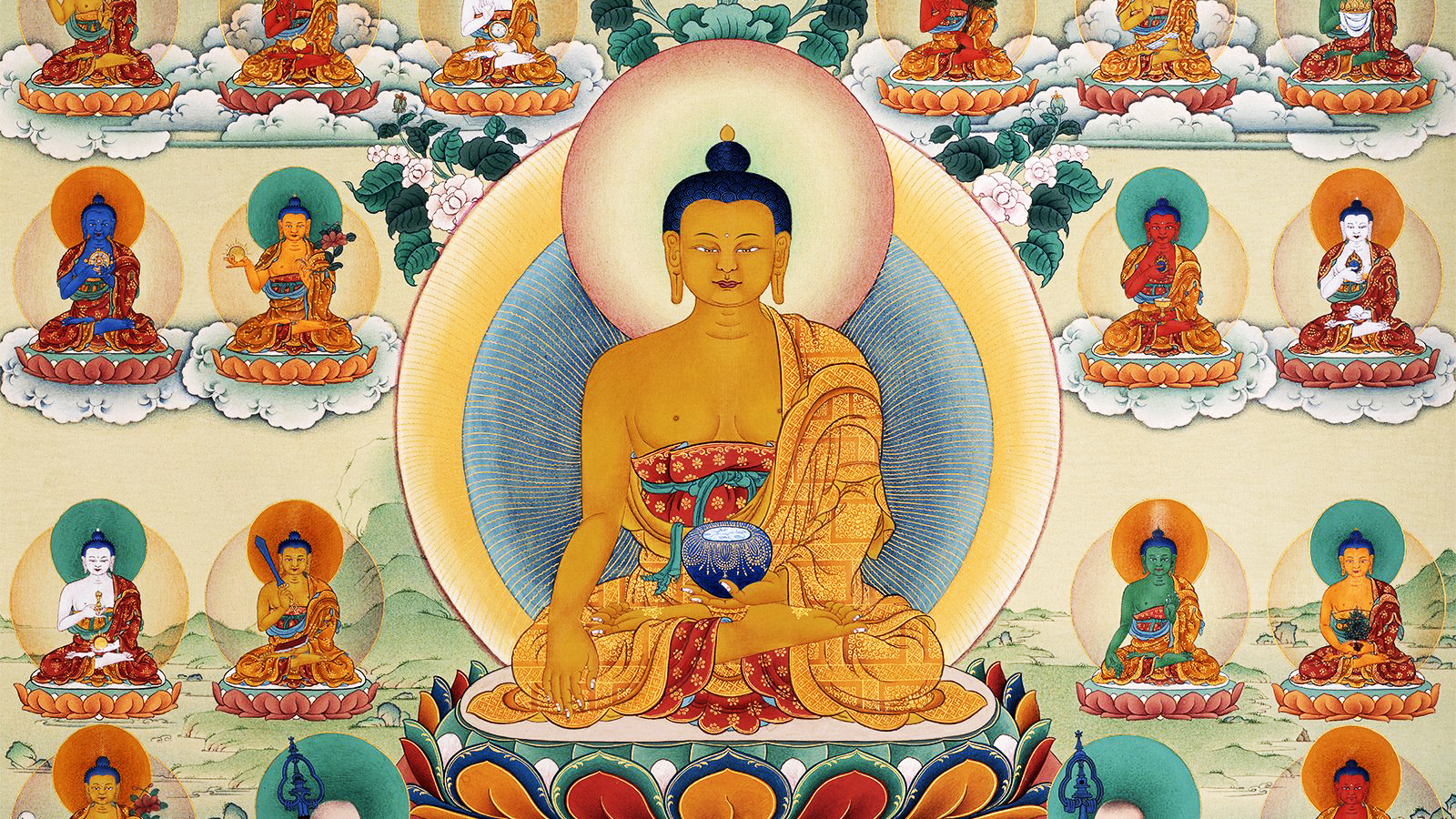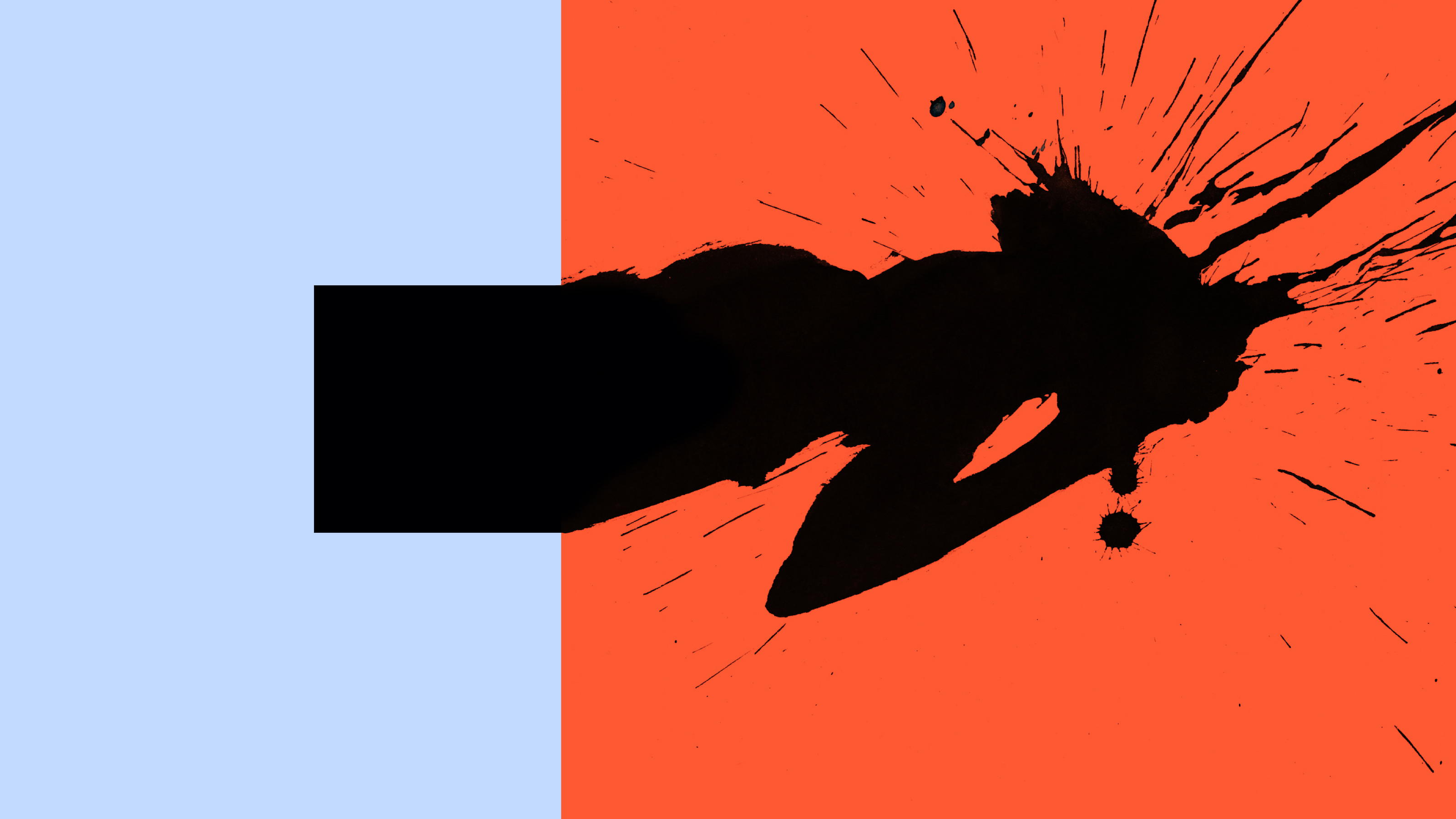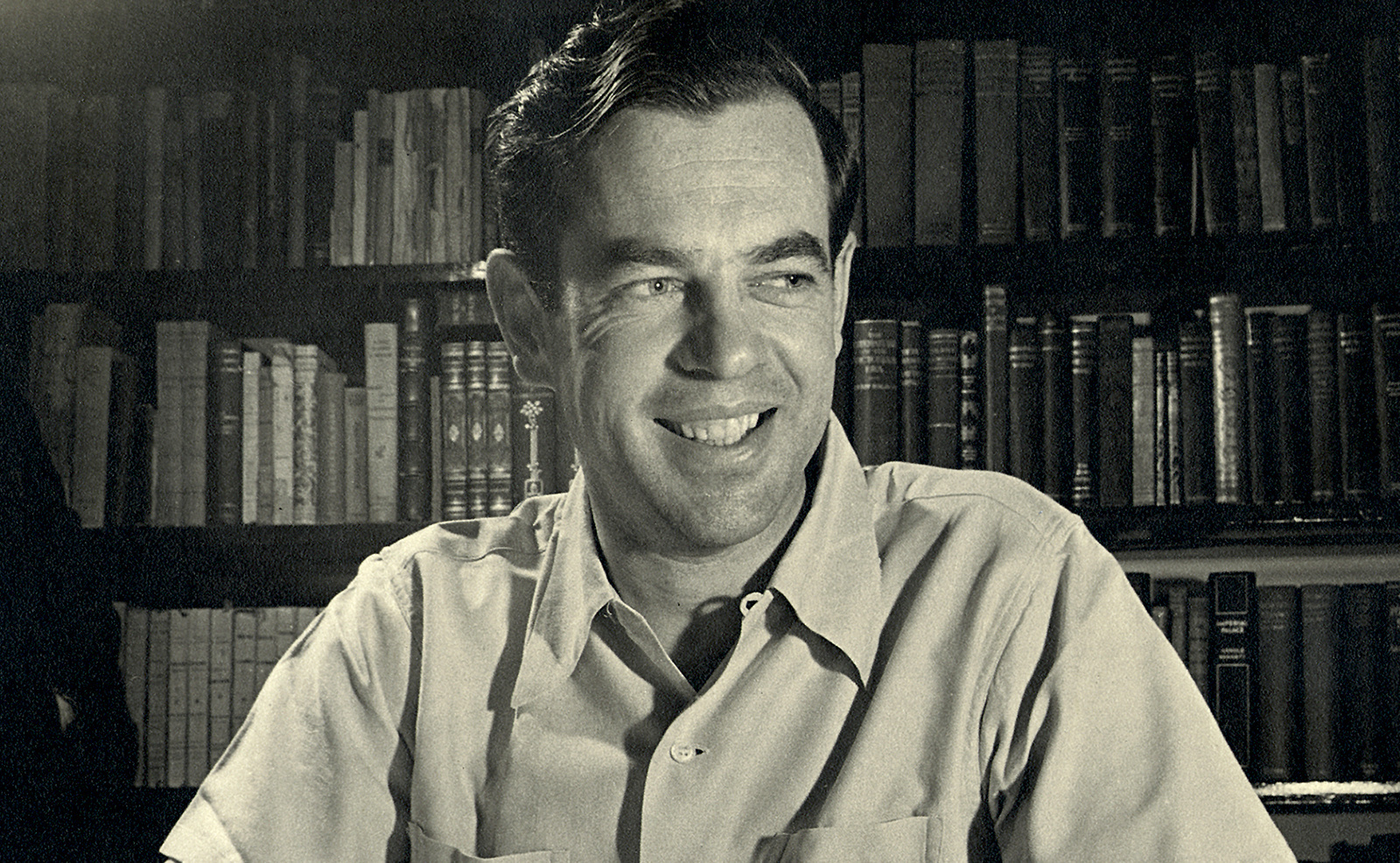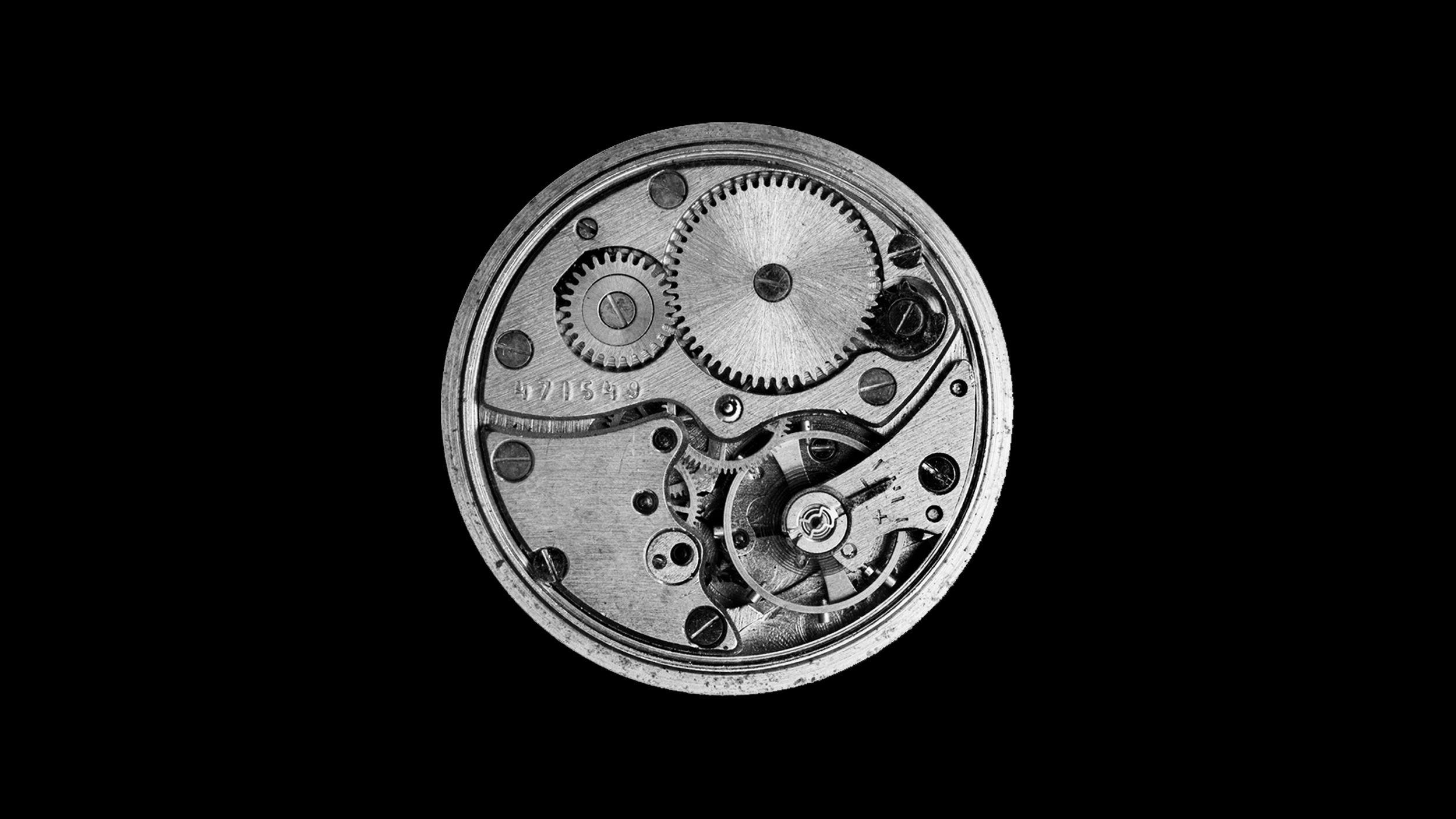In business and life, “allostasis” underpins success and happiness

- The little-known concept of allostasis describes the process whereby healthy systems do not rigidly resist change, but instead adapt to it.
- Under allostasis, healthy systems return to stability following a pattern of order, disorder, and reorder.
- Change and impermanence are not phenomena to fear or resist.
In the late 1980s, two researchers — one a neuroscientist, physiologist, and professor of medicine at the University of Pennsylvania, and the other an interdisciplinary scholar with a focus on biology and stress — observed an interesting phenomenon. In the vast majority of situations, healthy systems do not rigidly resist change; rather, they adapt to it, moving forward with grace and grit. This observation is true whether it is an entire species responding to a shift in its habitat, an organization responding to a change in its industry, or a single individual responding to a disorder event in her life or an ongoing process such as aging. Following disorder, living systems crave stability, but they achieve that stability somewhere new. Peter Sterling (the neuroscientist) and Joseph Eyer (the biologist) coined the term allostasis to describe this process. Allostasis comes from the Greek allo, which means “variable,” and stasis, which means “standing.” Sterling and Eyer defined allostasis as “stability through change.”
Whereas homeostasis describes a pattern of order, disorder, order, allostasis describes a pattern of order, disorder, reorder. Homeostasis states that following a disorder event, healthy systems return to stability where they started: X to Y to X.
Allostasis states that healthy systems return to stability, but somewhere new: X to Y to Z. Homeostasis is largely a misnomer. Everything is changing always, including us. We are constantly somewhere in the cycle of order, disorder, reorder. Our stability results from our being able to navigate this cycle, or as Sterling and Eyer put it, “We achieve stability through change.” I interpret this phrase to have a double meaning: the way to stay stable through the process of change is by changing, at least to some extent.
To drive the concept home, let’s move from a bird’s-eye view of allostasis to some simple and concrete examples: If you start lifting weights or gardening regularly, the skin on your hands will almost always become disturbed. Instead of futilely trying to stay smooth, eventually it will develop calluses so it can better meet the challenge. If you are accustomed to constantly shifting your attention in a digital world, your brain will, at first, resist reading a book with no distractions. But if you stay at it, eventually your brain adapts and rewires itself for focus, which scientists call neurogenesis or neuroplasticity.
Still another example is experiencing depression or heartbreak. Recovery is not going back to how you were before you experienced intense psychic pain. Rather, it is moving forward, usually with a greater tolerance for emotional distress and increased compassion for others who are suffering. In these examples you achieve stability not by fighting change or getting back to where you were, but rather by skillfully working with change and arriving at someplace new.
“The key goal of regulation is not rigid constancy,” writes Sterling. “Rather, it is the flexible capacity for adaptive variation.”
Sterling and Eyer first described the basic tenets of allostasis in 1988, yet the concept is still little known among laypeople. This is unfortunate, because it turns out that allostasis is the most accurate and beneficial model for representing change and how our identities evolve and grow over time. The following examples show its profound universality.
Evolution, the grand theory of natural science, is the process by which life advances via adapting to continually changing circumstances. There is no going back to the way things were. Change is a constant. Species that adapt thrive and endure. Species that resist suffer and die out.
In literature, the “hero’s journey” describes the predominant theme in myths from across cultures and eras. The hero begins in a stable home environment; experiences a major change or disorder event; is forced to leave their stable home environment; ventures out into a new world where they face obstacles and challenges; and eventually returns home, with a sense of self that is the same but also transformed. This archetype describes myths and stories ranging from Moses of the Israelites, to Siddhartha Gautama of Buddhism, to Simba of The Lion King and Mirabel of Encanto.
One of the founders of modern psychology, Carl Jung, used a circle to represent the ongoing transformation of the self, arguing that the process of individual becoming is one of perpetual adaptation and growth. Since then, newer therapeutic models, such as cognitive behavioral therapy (CBT) and acceptance and commitment therapy (ACT), teach people not to resist impermanence or try to get back to where they were, but rather to open up to impermanence, work with it, and transcend it.
The Franciscan friar Richard Rohr teaches that we become our truest selves through rounds of order, disorder, and reorder. He goes as far as to call this the universal wisdom pattern. The Buddhist teacher and psychotherapist Mark Epstein writes that freedom from anxiety requires learning how to navigate inevitable cycles of integration, un-integration, and reintegration — what he calls going to pieces without falling apart.
Allostasis is the most accurate and beneficial model for representing change and how our identities evolve and grow over time.
In organizational science, researchers describe successful change as a pattern of freezing, unfreezing, and refreezing. The unfreezing period is often chaotic, but it is a necessary step to arrive at a stable and enhanced end point. Meanwhile, relational therapists talk about cycles of harmony, disharmony, and repair as the key to growth in all of our important bonds.
Happy, healthy, and sustainably performing individuals and organizations also exhibit this pattern. They maintain a strong and enduring identity by repeatedly remaking themselves. They have the courage to abandon their current station, enter into disorder, and arrive at an enhanced stability and sense of self down the road. What they all hold in common is a view of identity as both stable and changing at the same time.
A guiding tenet in my work, as both a writer and a coach, is pattern recognition. I’m not interested in “hacks,” quick fixes, or single small studies, all of which tend to be high on promises but low on real-world efficacy. Regardless of what the marketers, clickbait headlines, and pseudoscience evangelists say, there are no magic lotions, potions, or pills when it comes to genuine excellence, lasting well-being, and enduring strength. What I am interested in is convergence. If multiple fields of scientific inquiry, the world’s major wisdom traditions, and the practices of people and organizations that have demonstrated excellence and fulfillment over time all point toward the same truths, then those truths are probably worth paying attention to.
In this instance, change and impermanence are not phenomena to fear or resist — at least not as a default position. Though the historical concept of homeostasis has deeply penetrated our collective psyche, it is an outdated model for navigating life, supporting mental health, and pursuing genuine excellence. Allostasis makes a lot more sense.




